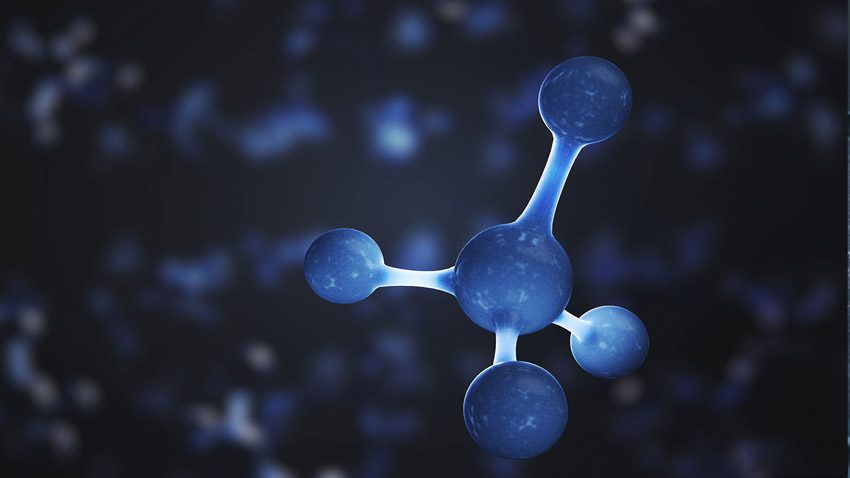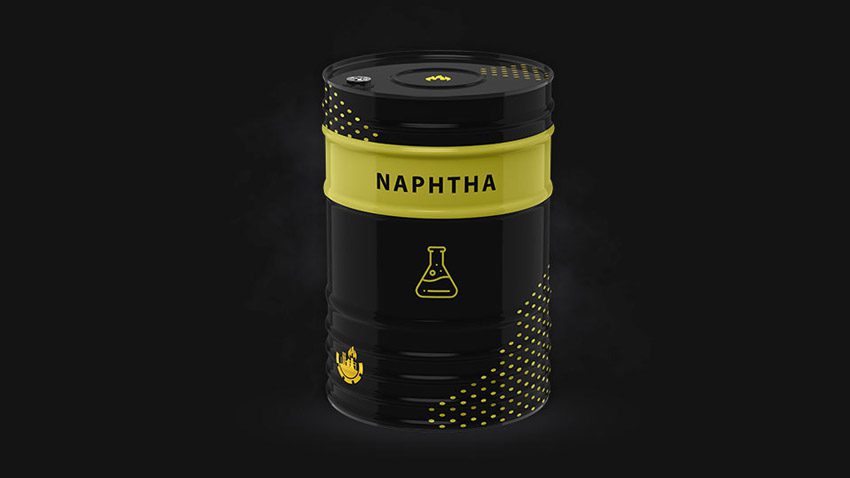Light hydrocarbons (LHs) are an important component of natural gas whose chemical and isotopic compositions play a vital role in identifying gas genetic type, thermal maturity, gas–gas correlation, gas–source correlation, migration direction and phase, and secondary alterations (such as evaporative fractionation, biodegradation, and thermochemical sulfate reduction) experienced by the gas pool. Through review of geochemical research into LHs over recent decades, and analysis of chemical and isotopic compositions of LHs of gases and condensates from more than 40 gas fields in China, we present an overview of the genetic mechanisms of LHs and the impacts of various factors on their geochemical compositions. The primary objectives of this review are to demonstrate the application of LH chemical and isotopic composition characteristics to gas geochemistry research and to assess the applicability and reliability of geochemical identification diagrams and parameters for determining gas genetic types, maturity, source, secondary alteration, and migration direction and phase.
| ▪ | Three main genetic mechanisms are proposed for the formation of light hydrocarbons: thermal decomposition, catalytic decomposition of organic matter, and microbial action. | ||||
| ▪ | Chemical and isotopic compositions of light hydrocarbons with different carbon numbers and/or structures can be used to identify the genetic types and maturity of natural gas. | ||||
| ▪ | Content ratios and carbon isotopes of characteristic light hydrocarbons are good indicators for gas–gas and gas–source correlations. | ||||
| ▪ | Secondary alterations (evaporative fractionation, biodegradation, thermochemical sulfate reduction) and migration of gas can be indicated by chemical and isotopic compositions of light hydrocarbons. | ||||





